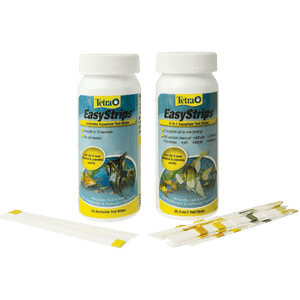Halfmoon Betta Fish: Caring Tips And Fun Facts
As one of the most popular betta fish varieties, Halfmoon Betta fish have gained significant attention for their striking appearance and graceful swimming style. With their large, flowing tails, Halfmoon Betta fish truly live up to their name.


Welcome to our blog, With nearly 3 decades of experience in Betta Care and the aquarium hobby, I’ve guided countless clients, fellow hobbyists, and readers like you towards high-quality, effective equipment. Rest assured, each product recommended here has been personally tested by me in real-life situations.
My goal? To help you identify the best Betta gear available, ensure your Betta fish thrives.
This Blog post offers everything you need to know about their care, from creating the perfect environment to understanding their distinct behaviors and needs, ensuring your Halfmoon Betta flourishes in your home aquarium.

Table of Contents 🦑
A Quick Heads-Up… If you come across links on this page that take you to products on Amazon Associate or other partner stores, they’re affiliate links. This means if you decide to make a purchase, BettaReef earns a commission, but at no extra cost to you.

Halfmoon Betta: Overview, Key Facts and Insights
Halfmoon Betta, also known as the Betta splendens or the feisty Siamese fighting fish. These tropical beauties call the serene rice paddies, marshy swamps, and gentle streams of Southeast Asia their home, thriving particularly in Thailand, Cambodia, and Vietnam.
Out in the wild, The Halfmoon Bettas are kind of like solo artists, breathing air right off the water’s surface with their super cool labyrinth organ. This nifty trick lets them hang out in places with not much oxygen, showing off just how tough and adaptable they are.
But hey, don’t let their small-space living fool you. When you bring them into your world, these guys love a roomy, well-decorated tank to call home. It’s all about keeping them happy and healthy!
The Halfmoon Betta fish gets its name from the distinctive shape of its tail. When the tail is fully spread, it forms a shape that resembles a half-moon. This unique and striking tail shape, fanning out to a full 180-degree spread, sets the Halfmoon Betta apart from other varieties of Betta fish, leading to its memorable name.
Every Halfmoon Betta brings its own pop of color to the party. Imagine a perfect half-circle tail with shades that range from the deepest of ocean blues to vibrant, energetic reds, not to mention the sparkling metallics and the kaleidoscope of complex patterns.
In a nutshell, whether it’s their royal fin display or their dazzling colors, the Halfmoon Betta fish are the undisputed stars of the aquarium world. Trust me, they’re bound to steal your heart!
⭐ Fun Fact: The Halfmoon Betta is a creation of accurate selective breeding. It wasn’t until the late 20th century that breeders achieved the striking half-moon tail shape through careful genetic selection.

Taking Care of a Halfmoon Betta Fish
Taking care of Halfmoon Betta fish requires providing them with a suitable environment and meeting their specific needs. From tank size to water parameters, feeding habits to health care, we’ve got you covered.

Tank Size
Want to make your Halfmoon Betta super happy? Give them plenty of room to swim and thrive by setting up a spacious tank. Ideally, go for at least a 5-gallon or a 10-gallon fish tank, The bigger is better.
Large tanks not only give your Betta more space to show off their awesome swimming skills but also help maintain tip-top water quality. It’s all about creating a comfy and healthy home for your finned friend.
Filtration
When setting up your Halfmoon Betta’s tank, go for a gentle filtration system.
You want to keep their water clean while also giving them a chill vibe to swim around. Make sure the filter’s flow is calm and not too strong to prevent stressing the fish.
Heater
As tropical fish, maintaining a consistent water temperature is crucial for the health of Halfmoon Bettas Aim to keep the water temperature cozy, between 78-82°F (25-28°C) – just like a warm tropical day.
An adjustable aquarium heater is essential in regulating the tank’s temperature, especially in environments prone to temperature fluctuations.
A heater not only ensures the comfort of your Betta but also helps prevent stress and diseases associated with temperature changes. Always monitor the water temperature with a reliable aquarium thermometer to ensure a hospitable environment for your Betta.
Water Parameters
To ensure the best living conditions for your Halfmoon Betta, it’s crucial to keep an eye on several key water parameters.
| Parameter | Ideal Range |
|---|---|
| Temperature | 78-82°F (25-28°C) |
| pH Level | 6.5-7.5 pH |
| Ammonia | 0 ppm |
| Nitrite | 0 ppm |
| Nitrate | Less than 20 ppm |
| General Hardness (GH) | 5-20 dGH |
| Carbonate Hardness (KH) | Stable levels |
| Oxygen Level | Adequate for health |
Test your Halfmoon aquarium water Parameters, 7 in 1 Testing Stripes. Easy to use.
pH level, 6.5-7.5 is the sweet spot. Keep ammonia and nitrite levels at 0 ppm, as these can be harmful even in small amounts, and maintain nitrate levels below 20 ppm to avoid toxicity. The water hardness (GH) should be between 5-20 dGH, with stable carbonate hardness (KH) to maintain the pH balance.
Even though Bettas can breathe air, maintaining good oxygen levels in the tank is also vital for their health. Regular water testing and changes are key to keeping these parameters within the ideal range.
Remember to freshen up their space! Doing a water change of about 25-50% every week keeps their tank as clean and refreshing as a natural stream.
Keeping these conditions just right means your Betta buddy is going to be swimming in happiness.
Lighting
Halfmoon Bettas thrive in environments that mimic their natural habitat. LED aquarium lights are set to a gentle, to create a comfortable environment, and to maintain a regular day-night cycle, mimicking natural light patterns to support their health and well-being.
Diet and Feeding Routine
When it comes to nourishing your majestic Halfmoon Betta, a well-rounded diet is key, Treat your Halfmoon Betta to a gastronomic delight that keeps them happy.
These vibrant fish are carnivorous and thrive on a combination of high-quality betta pellets, flakes, frozen food, live food, and occasional treats.
Supplement their meals with protein-rich options like bloodworms, daphnia, mosquito larvae, and brine shrimp to mimic their natural feeding habits.
Control is crucial! It’s all about balance when feeding your Betta. Try to feed them a little bit, once or twice a day, and make sure they eat it all quickly. Keeping a regular feeding schedule is key to keeping your Betta healthy.
Decor and Hiding Spots
Jazz up your Halfmoon Betta’s tank with some cool decor! Think about adding silk or live plants like Java fern, Anubias, or Water Sprite – which are not just pretty but also Betta-safe. Caves and smooth-edged decorations make awesome hideouts for your fishy friend.
Watch out for Plastic plants and rough decorations that could snag those beautiful and delicate fins. After all, we want our Betta’s home to be a safe, leafy haven that feels just like their natural habitat, minus any fin-nipping hazards.
Tank Mates
Finding the perfect tank mates for your Halfmoon Betta can be a fun challenge! These fish do best with calm, non-aggressive tank mates like snails, shrimp, or even some small, peaceful fish like neon tetras or harlequin rasboras.
Steer clear of other male bettas and fin-nippers like Cichlids, as they can stress out or harm your Betta.
Also, remember space is key – a decorated tank of at least 10 gallons is ideal to give everyone enough hiding spots and room to swim and live comfortably. Choose your tank mates wisely to keep your Betta’s home chill and friendly.
pro tip: Quarantine new fish before introducing them to your Halfmoon Betta’s tank to prevent the spread of diseases.

Halfmoon Betta Possible Common Health Issues
Ensuring the health and happiness of your Halfmoon Bettas involves a bit of know-how and care. Just like any other fish, they need the right kind of attention to thrive.
Getting familiar with their common health concerns is key to maintaining a vibrant and lively Betta.
With understanding, you can create an ideal environment where your Betta not only survives but truly flourishes
*Note: If you notice any unusual symptoms It’s important to consult with a qualified fish veterinarian or seek advice from experienced aquarists for specific health concerns or advanced care requirements.
Watch for Signs of Illness
Be observant of any changes in your Halfmoon Betta’s behavior or appearance. Common signs of illness include loss of appetite, lethargy, fin rot, abnormal swimming patterns, or discoloration.
Common Disease and Their Cures
Maintaining the health and well-being of your Halfmoon Betta is crucial to ensure its longevity and vibrancy.
As with any living creature, bettas are susceptible to various diseases and ailments.
By understanding common betta diseases and their treatment options, you can provide the necessary care and take prompt action when needed.
In this section, we will explore some of the most common betta diseases and discuss the ways to treat them effectively.
Ich
Symptoms: White spots resembling grains of salt on the fish’s body and fins, scratching against objects.
Treatment: Raise the tank temperature to 86°F (30°C) gradually, add aquarium salt, and administer medication containing malachite green or copper.
Symptoms: Tattered or disintegrating fins, redness, or inflammation around the edges.
Treatment: Improve water parameters through regular water changes, maintain proper filtration, and treat with aquarium salt or medication containing antibacterial properties.
Symptoms: Bloated appearance, scales standing out, pinecone-like protrusions, lethargy.
Treatment: Isolate the affected fish, improve water parameters, and administer medication containing antibiotics or antibacterial properties.
Swim Bladder Disorder
- Symptoms: Difficulty swimming, floating or sinking uncontrollably, loss of balance.
Treatment: Adjust the fish’s diet, feed it small and easily digestible meals, and consider fasting for a day or two. If the condition persists, consult a fish veterinarian.
Fungal Infections
Symptoms: Cotton-like growth on the fish’s body or fins, discoloration, lethargy.
Treatment: Improve water parameters, quarantine the affected fish, and treat with antifungal medication.
It’s important to note that proper diagnosis and treatment should be carried out by a qualified fish veterinarian.
Always follow the recommended dosages and instructions on medication labels, and ensure a suitable and stress-free environment for your betta fish to aid in their recovery.
Remember, proactive care and regular monitoring are essential for maintaining the health of your Halfmoon Betta.
By providing suitable habitat, a nutritious diet, and attentive care, you can enjoy the vibrant colors and graceful presence of your Halfmoon Betta for years to come.

Male vs. Female Halfmoon Siamese Fighting Fish
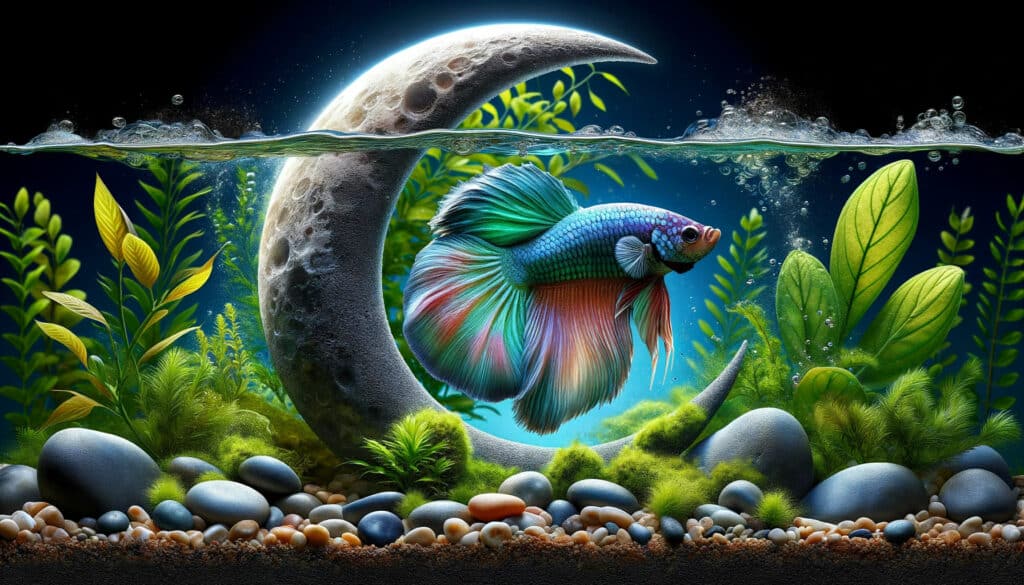
Step into the fascinating world of Halfmoon Betta fish, where the fin fashion show is always in full swing!
The males are like the peacocks of the water world, sporting big, dramatic fins that fan out in a glorious half-moon display – totally living up to their name. They’re all about that splash of color and those showy fins, making any aquarium look like a runway.
Now, the females? They’ve got a more understated elegance. Their fins are shorter, sure, but they’ve got a sleek, refined vibe that’s all their own. While they might not go all out like the males, female Halfmoon Bettas still have a subtle charm that can totally steal the spotlight
The Main Differences Between Male and Female Halfmoon Siamese Fighting Fish:
- Fins: The most notable difference lies in their fins. Male Halfmoon Bettas have larger, more elaborate fins that can extend when fully flared. Their fins are characterized by their beautiful half-moon shape, with long and flowing extensions. In contrast, female Halfmoon Bettas have shorter and less extravagant fins.
- Fins Display: Male Halfmoon Bettas are known for their impressive fin displays, especially during courtship or when agitated. They can flare their fins to their full extent, creating a stunning and mesmerizing spectacle. Female Halfmoon Bettas, while they can flare their fins to a lesser degree, do not typically exhibit the same dramatic displays.
- Body Size: Generally, male Halfmoon Betta Fish tend to be larger in size compared to females. They have a more robust and muscular body structure, while females are typically slimmer and more streamlined.
- Coloration: While both male and female Halfmoon Bettas can exhibit vibrant and striking colors, males are often more intensely colored. They may display a wider range of hues and patterns, with intense shades of red, blue, green, or even metallic tones. Female Halfmoon Bettas usually have more subtle coloration, although they can still showcase beautiful shades and variations.
- Temperament: Male Halfmoon Bettas are known for their territorial and aggressive behavior, especially towards other male bettas. They may exhibit flaring and fighting behaviors, which is why they are often kept alone in their own tanks. On the other hand, female Halfmoon Bettas tend to be less aggressive and can sometimes coexist peacefully with other fish.

10 Cool Types and Variations of Halfmoon Betta

Check out the Halfmoon Betta fish and their awesome color show! They come in so many styles, from bold single colors to wild marbled designs and crazy multi-color mixes.
Picture a Halfmoon Betta in a cool, solid shade like bright red, deep blue, or sunny yellow – totally eye-catching, right? Or maybe you’re into the marble ones, with their cool, paint-splatter look.
Every single Halfmoon Betta is unique, rocking patterns that could range from sleek butterfly wings to funky bi-color combos. Whether you dig a classic look or something more out-there, there’s a Halfmoon Betta that’s just your vibe
Black Orchid
These unique Halfmoon Betta fish have a deep black body with iridescent undertones, giving them an aura of mystery and elegance. The contrast of their dark color against their flowing fins makes them a true standout.
Butterfly Halfmoon
The Butterfly Halfmoon Betta showcases a vibrant color on its body, often paired with contrasting color patterns on its fins, resembling delicate butterfly wings. This variation creates a stunning visual display that captures attention.
Multi-Color
As the name suggests, these Halfmoon Bettas boast a combination of colors, creating a captivating mosaic-like appearance. Whether it’s a blend of red and blue or a medley of various hues, the multi-color Halfmoon Betta showcases a kaleidoscope of beauty.
Marble
Marble Halfmoons exhibit a mesmerizing pattern resembling marble stone, with swirls and patches of different colors. Each Marble Halfmoon is unique, making them an exciting choice for those who appreciate intricate and ever-changing patterns
Mustard Gas
This variety displays a striking combination of vibrant yellow and deep blue, resembling the colors of a mustard gas cloud. The contrasting hues create a visually stunning effect.
Copper
Copper Halfmoons feature a rich metallic copper coloration, which gives them a regal and luxurious appearance. Their fins reflect light beautifully, adding to their overall allure.
Dragon Scale
Known for their unique textured scales that resemble dragon scales, these Halfmoon Bettas exhibit a distinctive and eye-catching pattern. The scales often have a metallic or iridescent sheen, enhancing their visual appeal.
Koi Halfmoon
Inspired by the stunning colors and patterns of koi fish, the Koi Halfmoon Betta displays vibrant orange, white, and black markings reminiscent of the beloved pond fish. Their unique coloration and graceful fins make them an exquisite addition to any aquarium.
These are just a few examples of the popular Halfmoon Betta types and varieties available. Each one offers its own unique beauty and charm, ensuring that there is a Halfmoon Betta to suit every enthusiast’s preferences.

FAQs About Halfmoon Betta Fish
Q: How Much a Halfmoon Bettas Cost?
A: The cost of Halfmoon Bettas can vary depending on various factors such as the quality, color, and rarity of the individual fish, as well as the location and source of purchase. On average, Halfmoon Bettas can range in price from around $10 to $50 or more.
Q: What is the Average Lifespan of a Halfmoon Betta?
A: The average lifespan of a Halfmoon Betta is typically around 2 to 4 years. However, with proper care, some Halfmoon Bettas have been known to live up to 5 years or even longer.
Q: Can Halfmoon Bettas Live in a Bowl Without a Filter?
A: While Halfmoon Bettas are known for their ability to breathe air from the surface, it is not recommended to keep them in a bowl without a filter. Even though they can survive in low-oxygen environments for short periods, they still require clean and well-maintained water for optimal health.
Q: Can Halfmoon Bettas Jump Out of Their Tank?
A: Yes, Halfmoon Bettas have the ability to jump out of their tanks. They are known for their powerful fins and athletic abilities, which allow them to propel themselves out of the water.
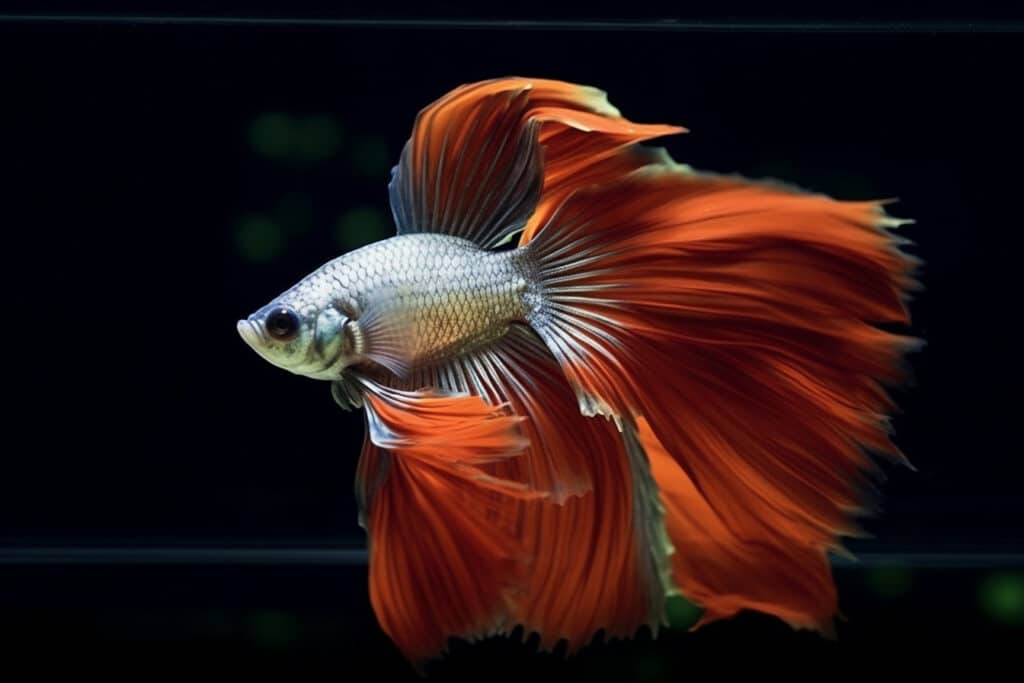
In Conclusion
Halfmoon Bettas are captivating and stunning fish that have captured the hearts of betta enthusiasts around the world. With their striking appearance, graceful fins, and unique halfmoon tail shape, they bring beauty and elegance to any aquarium.
Caring for Halfmoon Bettas requires attention to their specific needs, such as providing a suitable tank setup, maintaining water quality, and offering a balanced diet.
Understanding their behavior, temperament, and potential health concerns is essential for ensuring their well-being.
By providing proper care, attention, and a nurturing environment, you can enjoy the companionship of these remarkable fish for years to come.
Thank you for joining us on this journey to explore the world of Halfmoon Bettas.
We hope this blog post has provided you with valuable insights, tips, and knowledge to enhance your understanding and care for these fascinating fish. If you have any further questions or need assistance, feel free to reach out. Happy betta keeping!


Delighted to have you here at BettaReef! This place is a treasure trove of knowledge about Betta fish, Betta Care, Health, Gear, and much more from the wonders of aquatic life. My journey in this fascinating world began when I was just 8, and now, as a seasoned hobbyist, I’m here to help fellow Betta enthusiasts create a thriving Betta environment for a healthy life.
I’m committed to delivering high-quality content, backed by a stringent editorial process. Each product review is based on real-life usage and practical analysis, ensuring that you get insights and advice that truly matter.
Related Blog Posts:
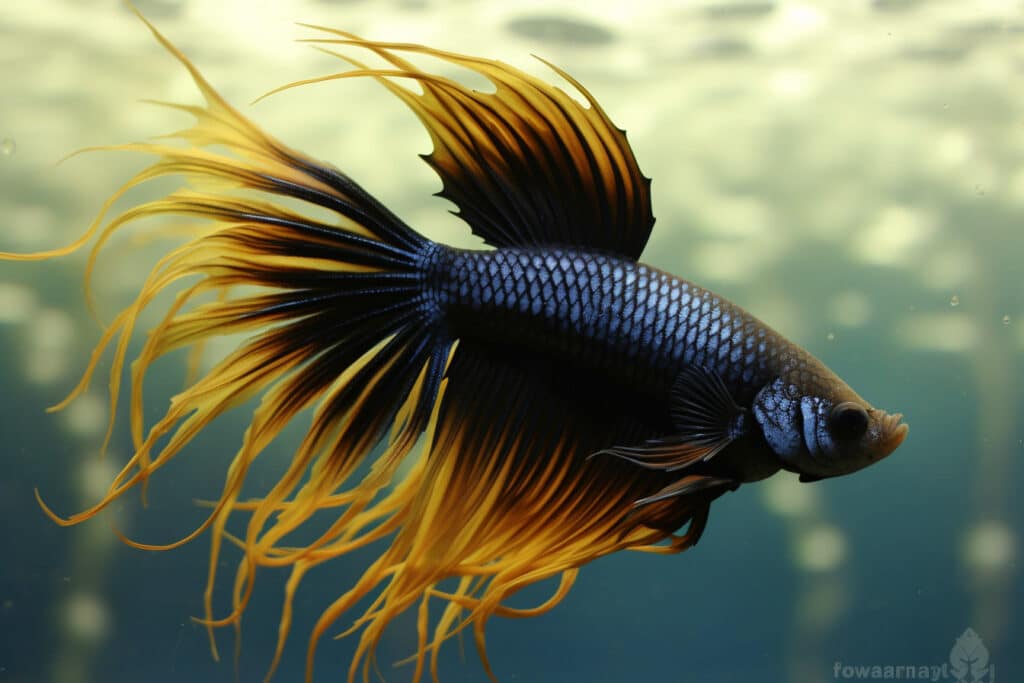
The Majestic Crowntail Betta Fish
Swim To 🤿 Home Crowntail Betta The Majestic Fish The Crowntail Betta fish, where beauty
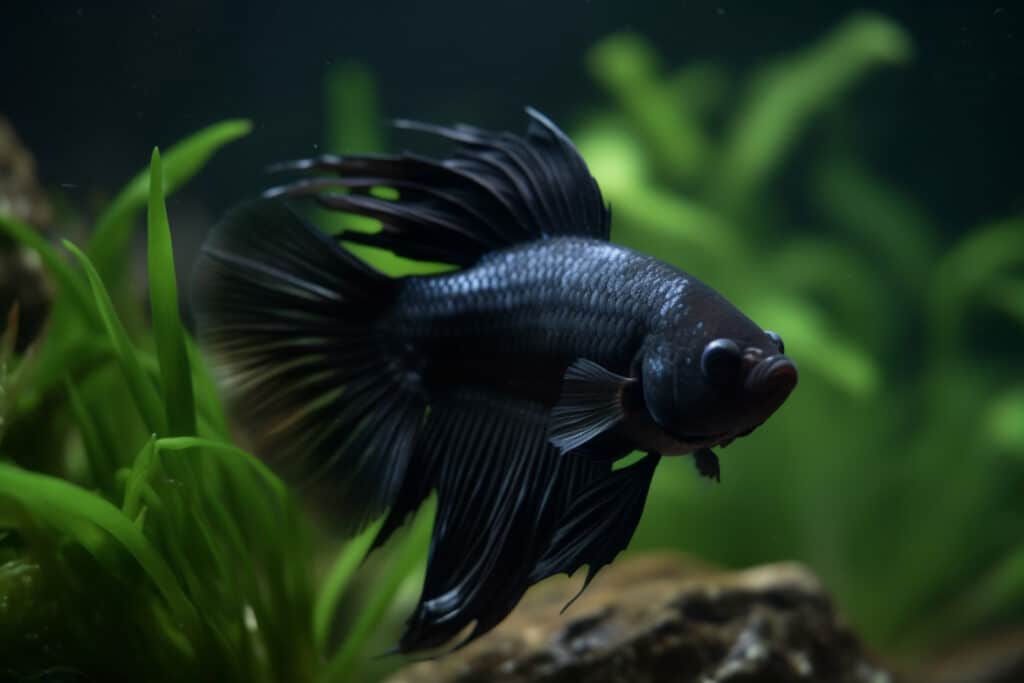
Black Betta Fish
Swim To 🤿 Home The Magic of Black Betta Fish Beauty and Care The aquatic
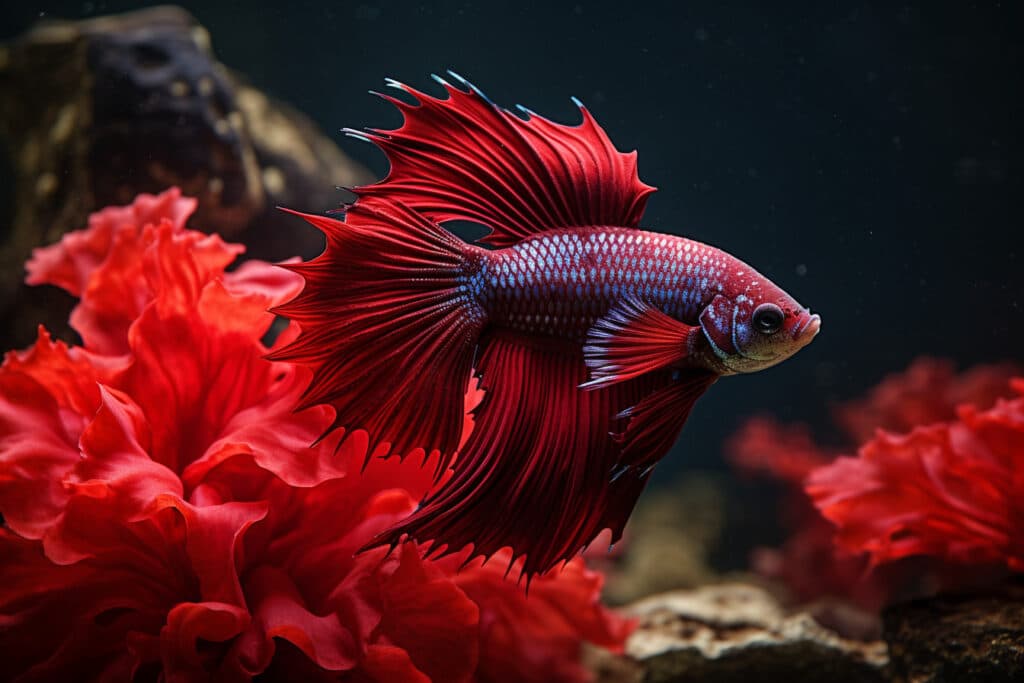
Red Betta Fish
Awesome Red Betta Fish Breeding Tips Red betta fish are like little gems swimming around

